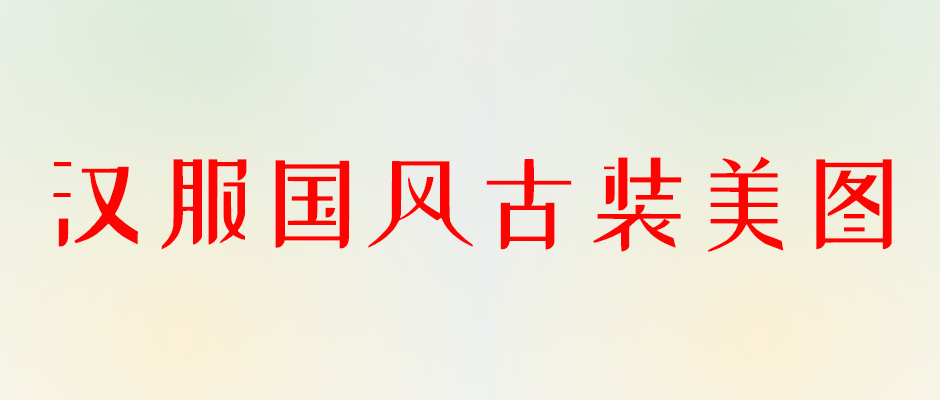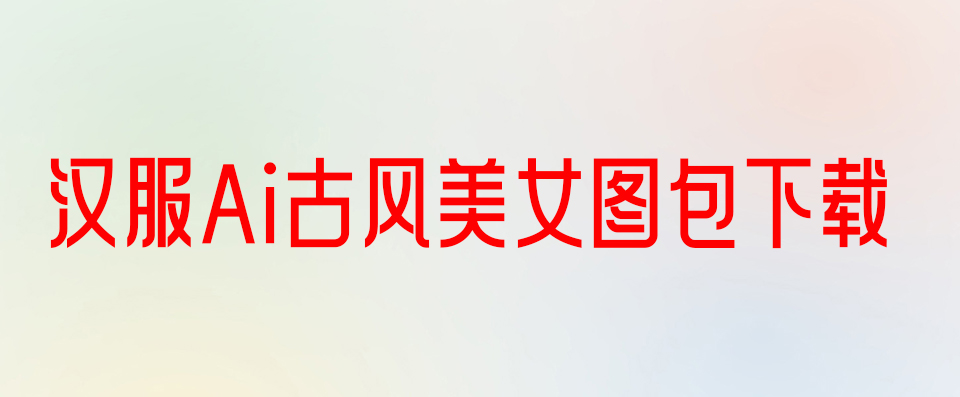Vision Transformer (base-sized model)
Vision Transformer (ViT) model pre-trained on ImageNet-21k (14 million images, 21,843 classes) at resolution 224×224. It was introduced in the paper An Image is Worth 16×16 Words: Transformers for Image Recognition at Scale by Dosovitskiy et al. and first released in this repository. However, the weights were converted from the timm repository by Ross Wightman, who already converted the weights from JAX to PyTorch. Credits go to him.
Disclaimer: The team releasing ViT did not write a model card for this model so this model card has been written by the Hugging Face team.
Model description
The Vision Transformer (ViT) is a transformer encoder model (BERT-like) pretrained on a large collection of images in a supervised fashion, namely ImageNet-21k, at a resolution of 224×224 pixels.
Images are presented to the model as a sequence of fixed-size patches (resolution 16×16), which are linearly embedded. One also adds a [CLS] token to the beginning of a sequence to use it for classification tasks. One also adds absolute position embeddings before feeding the sequence to the layers of the Transformer encoder.
Note that this model does not provide any fine-tuned heads, as these were zero’d by Google researchers. However, the model does include the pre-trained pooler, which can be used for downstream tasks (such as image classification).
By pre-training the model, it learns an inner representation of images that can then be used to extract features useful for downstream tasks: if you have a dataset of labeled images for instance, you can train a standard classifier by placing a linear layer on top of the pre-trained encoder. One typically places a linear layer on top of the [CLS] token, as the last hidden state of this token can be seen as a representation of an entire image.
Intended uses & limitations
You can use the raw model for image classification. See the model hub to look for
fine-tuned versions on a task that interests you.
How to use
Here is how to use this model in PyTorch:
from transformers import ViTImageProcessor, ViTModel<br /> from PIL import Image<br /> import requests<br /> url = '/wp-content/uploads/2023/05/http://openi.cn/wp-content/uploads/2023/05/20230526095402-647081ba87f76.jpg'<br /> image = Image.open(requests.get(url, stream=True).raw)<br /> processor = ViTImageProcessor.from_pretrained('google/vit-base-patch16-224-in21k')<br /> model = ViTModel.from_pretrained('google/vit-base-patch16-224-in21k')<br /> inputs = processor(images=image, return_tensors="pt")<br /> outputs = model(**inputs)<br /> last_hidden_states = outputs.last_hidden_state<br />
Here is how to use this model in JAX/Flax:
from transformers import ViTImageProcessor, FlaxViTModel<br /> from PIL import Image<br /> import requests<br /> url = '/wp-content/uploads/2023/05/http://openi.cn/wp-content/uploads/2023/05/20230526095402-647081ba87f76.jpg'<br /> image = Image.open(requests.get(url, stream=True).raw)<br /> processor = ViTImageProcessor.from_pretrained('google/vit-base-patch16-224-in21k')<br /> model = FlaxViTModel.from_pretrained('google/vit-base-patch16-224-in21k')<br /> inputs = processor(images=image, return_tensors="np")<br /> outputs = model(**inputs)<br /> last_hidden_states = outputs.last_hidden_state<br />
Training data
The ViT model was pretrained on ImageNet-21k, a dataset consisting of 14 million images and 21k classes.
Training procedure
Preprocessing
The exact details of preprocessing of images during training/validation can be found here.
Images are resized/rescaled to the same resolution (224×224) and normalized across the RGB channels with mean (0.5, 0.5, 0.5) and standard deviation (0.5, 0.5, 0.5).
Pretraining
The model was trained on TPUv3 hardware (8 cores). All model variants are trained with a batch size of 4096 and learning rate warmup of 10k steps. For ImageNet, the authors found it beneficial to additionally apply gradient clipping at global norm 1. Pre-training resolution is 224.
Evaluation results
For evaluation results on several image classification benchmarks, we refer to tables 2 and 5 of the original paper. Note that for fine-tuning, the best results are obtained with a higher resolution (384×384). Of course, increasing the model size will result in better performance.
BibTeX entry and citation info
@misc{wu2020visual,<br /> title={Visual Transformers: Token-based Image Representation and Processing for Computer Vision},<br /> author={Bichen Wu and Chenfeng Xu and Xiaoliang Dai and Alvin Wan and Peizhao Zhang and Zhicheng Yan and Masayoshi Tomizuka and Joseph Gonzalez and Kurt Keutzer and Peter Vajda},<br /> year={2020},<br /> eprint={2006.03677},<br /> archivePrefix={arXiv},<br /> primaryClass={cs.CV}<br /> }<br />
@inproceedings{deng2009imagenet,<br /> title={Imagenet: A large-scale hierarchical image database},<br /> author={Deng, Jia and Dong, Wei and Socher, Richard and Li, Li-Jia and Li, Kai and Fei-Fei, Li},<br /> booktitle={2009 IEEE conference on computer vision and pattern recognition},<br /> pages={248--255},<br /> year={2009},<br /> organization={Ieee}<br /> }<br />
收录说明:
1、本网页并非 google/vit-base-patch16-224-in21k 官网网址页面,此页面内容编录于互联网,只作展示之用;2、如果有与 google/vit-base-patch16-224-in21k 相关业务事宜,请访问其网站并获取联系方式;3、本站与 google/vit-base-patch16-224-in21k 无任何关系,对于 google/vit-base-patch16-224-in21k 网站中的信息,请用户谨慎辨识其真伪。4、本站收录 google/vit-base-patch16-224-in21k 时,此站内容访问正常,如遇跳转非法网站,有可能此网站被非法入侵或者已更换新网址,导致旧网址被非法使用,5、如果你是网站站长或者负责人,不想被收录请邮件删除:i-hu#Foxmail.com (#换@)
前往AI网址导航
2、本站所有文章、图片、资源等如果未标明原创,均为收集自互联网公开资源;分享的图片、资源、视频等,出镜模特均为成年女性正常写真内容,版权归原作者所有,仅作为个人学习、研究以及欣赏!如有涉及下载请24小时内删除;
3、如果您发现本站上有侵犯您的权益的作品,请与我们取得联系,我们会及时修改、删除并致以最深的歉意。邮箱: i-hu#(#换@)foxmail.com










